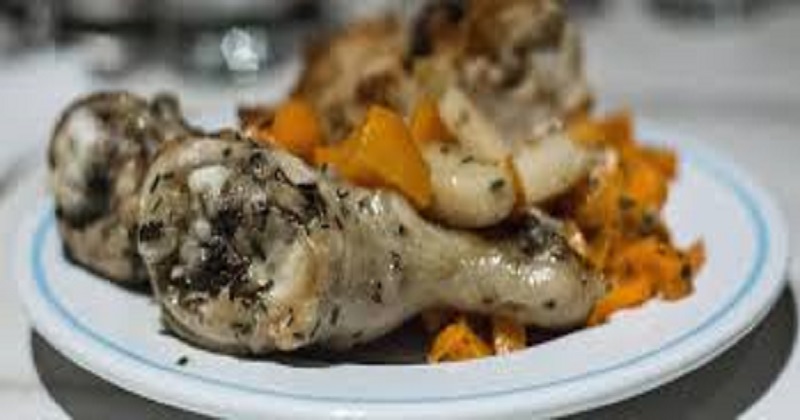
Artist and Sahitya Akademi Award winner Esther David’s latest book displays Jewish life in India. She outlines the culinary custom of this miniscule community, the 5,000 odd members of which exist in tiny pockets around the nation. The Jewish community in India includes a small but significant portion of the community. There are approximately five thousand Jews and five Jewish populations in India, but they are quickly diminishing in the figure.

Attracted by the common thread that connects the Indian Jews as a complete despite their existence in various parts of the nation, Esther David explores the lifestyle and cuisine of the Jews in every area, from the Bene Israelis of western India to the Bene Menashes of the Northeast, the Bene Ephraims of Andhra Pradesh, the Baghdadi Jews of Kolkata and the Kochi Jews. She finds that while they all serve the strict Jewish dietary rules, they have also modified the local cuisine. Some have even become vegetarian! Widely examined, with heartwarming anecdotes and mouthwatering recipes, Bene Appetit gives a holistic picture of a little-known community.
Packed with recipes, traditional snippets, and peppered with pictures, ‘Bene Appetit’ is a fast, simple read, and every part as appetizing as its informative contents. Following the opening notes on Jewish culture are opening sections about the Jewish communities that describe India home. The author, a Jew, brings readers to the Bene Israel Jews of Western India, to the Cochin Jews in Kerala, the Baghdadis in Kolkata, the Bene Ephraim of Andhra Pradesh, and the Bnei Menashe of Manipur and Mizoram.

This publication is an endeavor to track and document the traditional foods, festivals, and dietary practices of a people decreasing in number. By her communications with them, David finds that while local influences are overwhelmingly obvious in their food practices, Indian Jews diligently follow dietary traditions as set down by the religion. The most significant of all is sticking to kosher meals strictly no mixing of meat with dairy products. It is this commonality, on with religion, that connects these communities rather than being physically separated. And although Jews are well accustomed to their home of over 2,000 years, their origins are most visible on special events. For Shabath prayers, for example, grape juice sherbet in the absence of kosher wine is served in all Jewish households in India.

Read more; India rejects “Serum Institute’s request” to export Covishield
Famous festivals and historically representative foods make an important element of the book. We discover that apples soaked in honey, purporting a sweet year ahead, are necessary on Rosh Hashanah, the Jewish New Year. In Kerala, Yom Kippur (Day of Atonement) is followed by devouring wheat flour halwa after a day of fasting. Like elsewhere, Passover points to the emigration of Jews from Egypt. In Western India, matzo, the unleavened bread brought across the Red Sea, has been reinstated with the bin-khameer-chi-bhakti. A platter of assorted fruits edged with sweetened poha, nuts and dried fruits, called malida, is another necessary part of celebrations. Scores of similar nuggets, with detailed recipes, are packed between the covers of ‘Bene Appetit’. A delicious read.

Post Your Comments